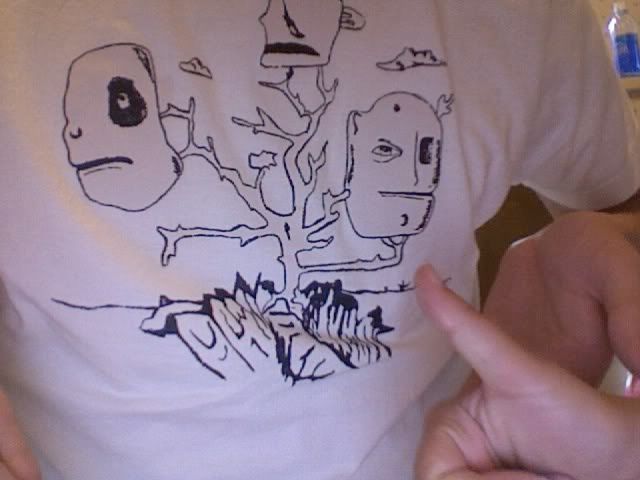First, I fooled around on excel for the first time since we did rat surgery analysis in Animal Phys. I wrote a program to calculate win rate, variance, standard deviation and ROI for SNGs, but have had trouble with figuring out how to calculate risk of ruin. Either way, if anyone wants it just lemme know (IM me, email, PM on +1/CP) and I can send it to you.
Today, I used the ProPokerTools tournalyzer to attempt to find an optimal solution (or rather, as close as I know how to get) to the following problem: On the bubble in a SNG, with all equal stack sizes of 10BB, what should the player in each position be moving in with?
I started by assuming that the first player jams ATC and that the other 3 players only call with aces.

Then maximized the equity for the second player. Then used these values and maximized equity for the third player, then the fourth. Then I changed the first players jamming range to be maximized, given the other players different calling ranges. I kept doing this over and over until the ranges didn't seem to change.

I think that's probably close.
For the record,
12% = 77+,A9s+,KTs+,QTs+,JTs,ATo+,KJo+
10% = 88+,A9s+,KTs+,QTs+,AJo+,KQo
8% = 88+,ATs+,KTs+,QJs,AJo+
The non-UTG ranges are actually much looser than I expected.
Of course, I had to run into a problem.
In equity terms, let's say UTG jams and it's to the SB to call.
Needed to Call Risk Reward
64.65% $25.00 $13.67
He's risking 25 in equity to win only another 13.67 extra. So he needs almost 2-1 on the call.
Given the propokertools analysis from before, this means that the 8% range should be a ~2-1 favorite over the 12% jamming range from UTG.
equity win tie pots won pots tied
Hand 0: 45.260% 42.72% 02.54% 10978562908 654077116.00 { 77+, A9s+, KTs+, QTs+, JTs, ATo+, KJo+ }
Hand 1: 54.740% 52.19% 02.54% 13414965900 654077116.00 { 88+, ATs+, KTs+, QJs, AJo+ }
Clearly, this isn't so. So now I'm troubled. I'm feeling like I did something wrong in my pro poker tools analysis. I'm ponder it some more later...






 ($7, 2 players)
($7, 2 players) ($194.4, 1 player + 1 all-in - Main pot: $194.4)
($194.4, 1 player + 1 all-in - Main pot: $194.4) ($194.4, 1 player + 1 all-in - Main pot: $194.4)
($194.4, 1 player + 1 all-in - Main pot: $194.4)